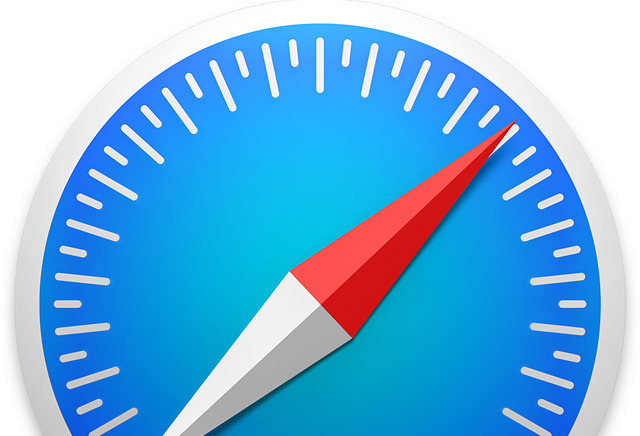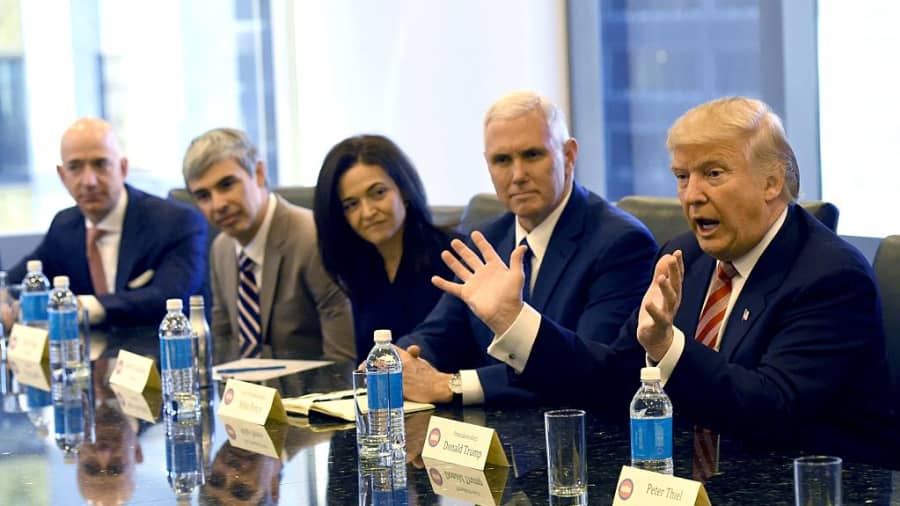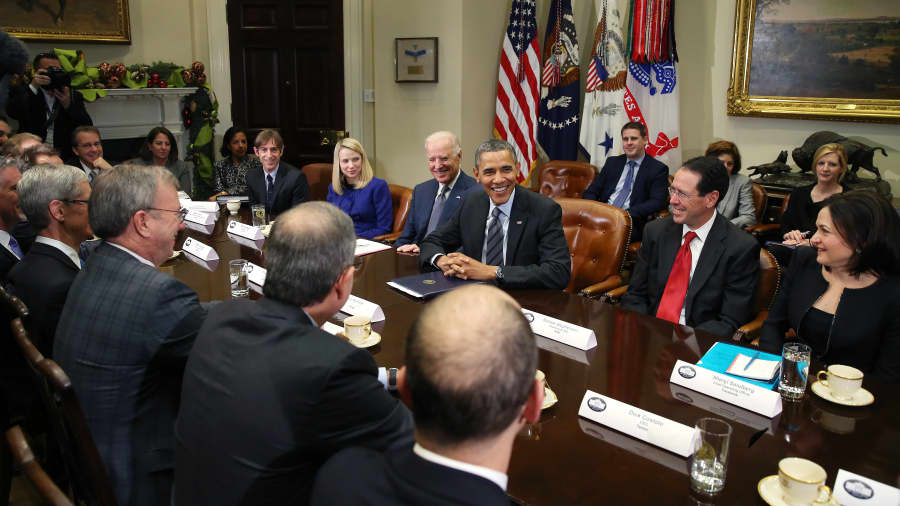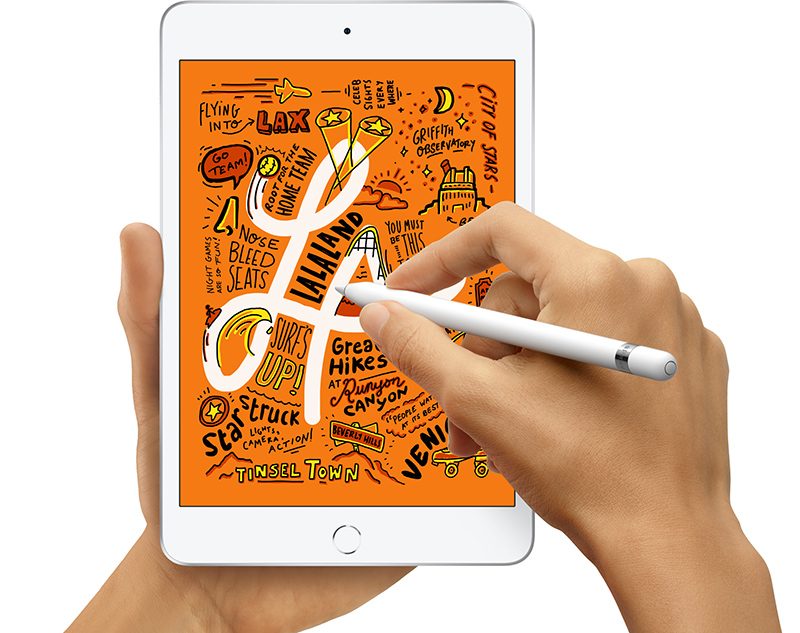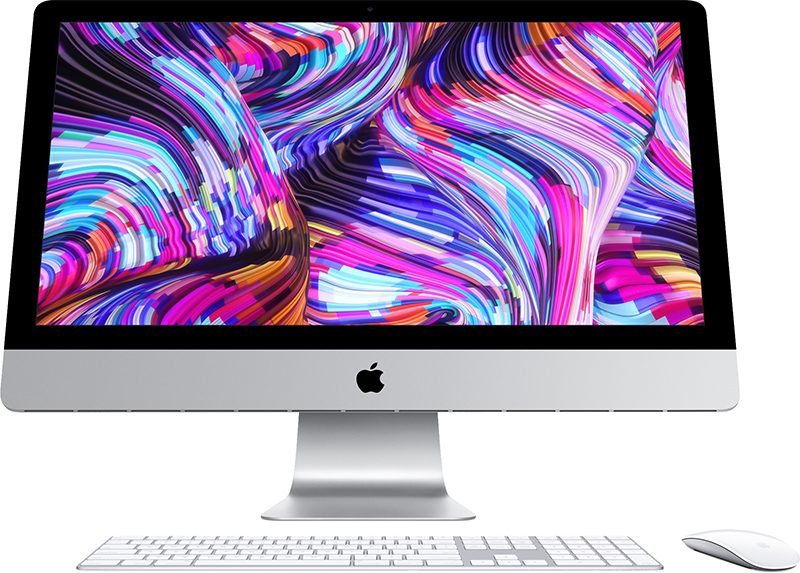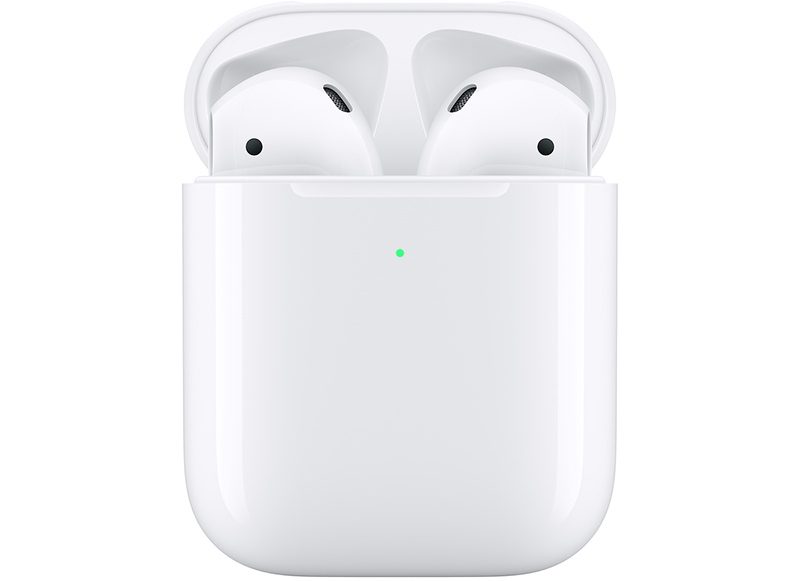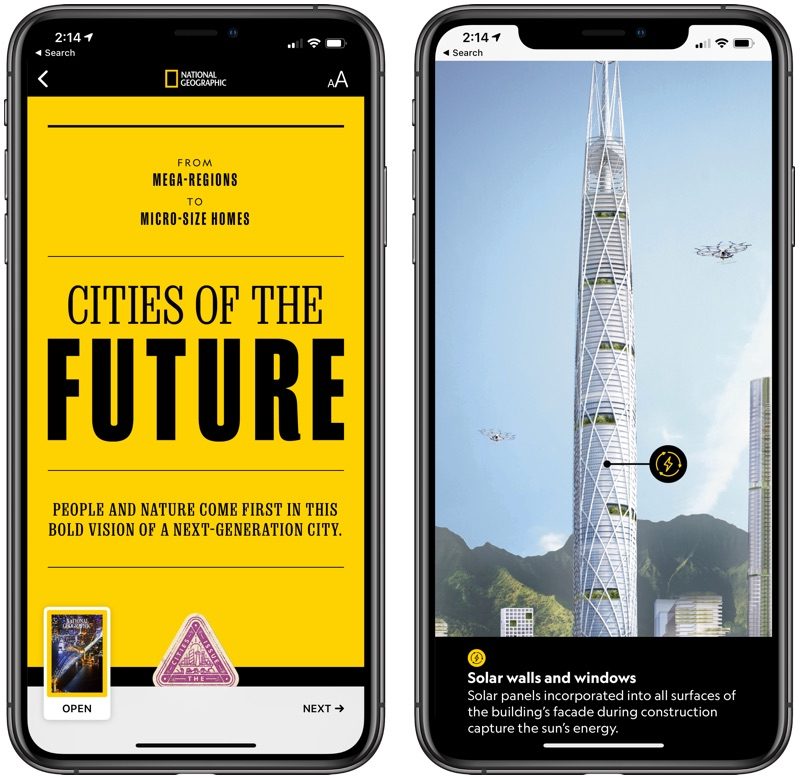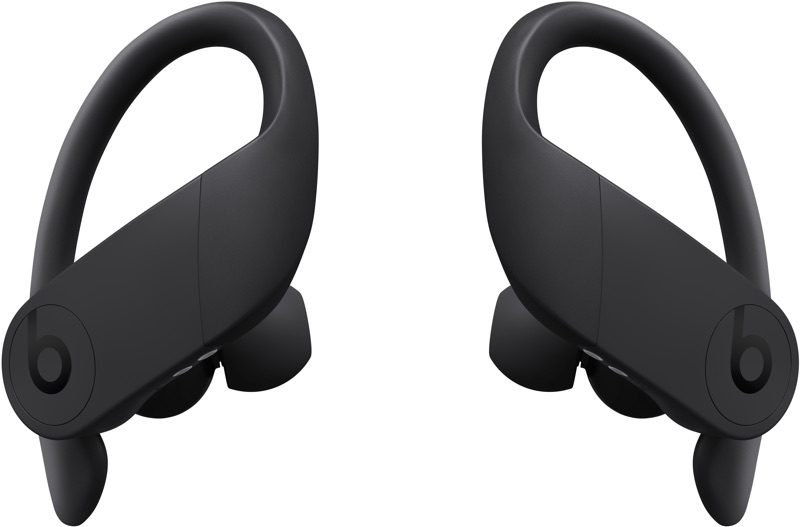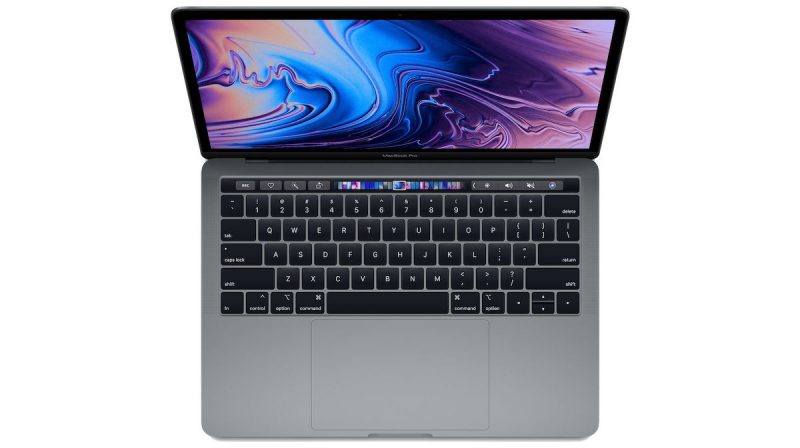sultrysandy
Moof - Geekette
- Joined
- Jul 15, 2016
- Posts
- 207,261
.
All Four Major Wireless Carriers Hit With Lawsuits Over Sharing, Selling Location Data
If you're upset about Facebook's privacy scandals, you should be equally concerned about the wireless industry's ongoing location data scandals. Not only were the major carriers caught selling your location data to any nitwit with a checkbook, they were even found to be selling your E-911 location data, which provides even more granular detail about your data than GPS provides. This data was then found to have been widely abused from everybody from law enforcement to randos pretending to be law enforcement.
Throughout all this, the Ajit Pai FCC has done absolutely nothing to seriously police the problem. Meaning that while carriers have promised to stop collecting and selling this data, nobody has bothered to force carriers to actually confirm this. Given telecom's history when it comes to consumer privacy, somebody might just want to double check their math (and ask what happened to all that data already collected and sold over the last decade).
Compounding carrier problems, all four major wireless carriers last week were hit with a class action lawsuit (correctly) noting the carriers had violated Section 222 of the Federal Communications Act by selling consumer proprietary network information (CPNI) data:
It's likely that the sale of 911 data is where carriers are in the most hot water, since that's their most obvious infraction of the law. It's of course worth pointing out that wireless carriers (and fixed-line ISPs, frankly) have been hoovering up and selling location, clickstream, and a vast ocean of other user data for decades with very few (any?) Congressional lawmakers much caring about it. It's another example of how Facebook's cavalier treatment of user data (and government apathy toward meaningful solutions) isn't just some errant exception -- it's the norm.
Back in 2016, the previous FCC uncharacteristically tried to impose some pretty basic rules that would have gone a long way in preventing these location data scandals by requiring that carriers be more transparent about what data is collected and who it's sold to. It also required consumers opt in to more sensitive (read: financial, location) data. But telecom lobbyists quickly convinced Congress to obliterate those rules in 2017 using the Congressional Review Act before they could even take effect.
Two years later finds the sector swimming in scandal, and everybody has a dumb look on their faces utterly perplexed as to how we got to this point.
.
All Four Major Wireless Carriers Hit With Lawsuits Over Sharing, Selling Location Data
If you're upset about Facebook's privacy scandals, you should be equally concerned about the wireless industry's ongoing location data scandals. Not only were the major carriers caught selling your location data to any nitwit with a checkbook, they were even found to be selling your E-911 location data, which provides even more granular detail about your data than GPS provides. This data was then found to have been widely abused from everybody from law enforcement to randos pretending to be law enforcement.
Throughout all this, the Ajit Pai FCC has done absolutely nothing to seriously police the problem. Meaning that while carriers have promised to stop collecting and selling this data, nobody has bothered to force carriers to actually confirm this. Given telecom's history when it comes to consumer privacy, somebody might just want to double check their math (and ask what happened to all that data already collected and sold over the last decade).
Compounding carrier problems, all four major wireless carriers last week were hit with a class action lawsuit (correctly) noting the carriers had violated Section 222 of the Federal Communications Act by selling consumer proprietary network information (CPNI) data:
"Through its negligent and deliberate acts, including inexplicable failures to follow its own Privacy Policy, T-Mobile permitted access to Plaintiffs and Class Members’ CPI and CPNI,” the complaint against T-Mobile reads, referring to “confidential proprietary information” and “customer proprietary network information,” the latter of which includes location data."
It's likely that the sale of 911 data is where carriers are in the most hot water, since that's their most obvious infraction of the law. It's of course worth pointing out that wireless carriers (and fixed-line ISPs, frankly) have been hoovering up and selling location, clickstream, and a vast ocean of other user data for decades with very few (any?) Congressional lawmakers much caring about it. It's another example of how Facebook's cavalier treatment of user data (and government apathy toward meaningful solutions) isn't just some errant exception -- it's the norm.
Back in 2016, the previous FCC uncharacteristically tried to impose some pretty basic rules that would have gone a long way in preventing these location data scandals by requiring that carriers be more transparent about what data is collected and who it's sold to. It also required consumers opt in to more sensitive (read: financial, location) data. But telecom lobbyists quickly convinced Congress to obliterate those rules in 2017 using the Congressional Review Act before they could even take effect.
Two years later finds the sector swimming in scandal, and everybody has a dumb look on their faces utterly perplexed as to how we got to this point.
.

















